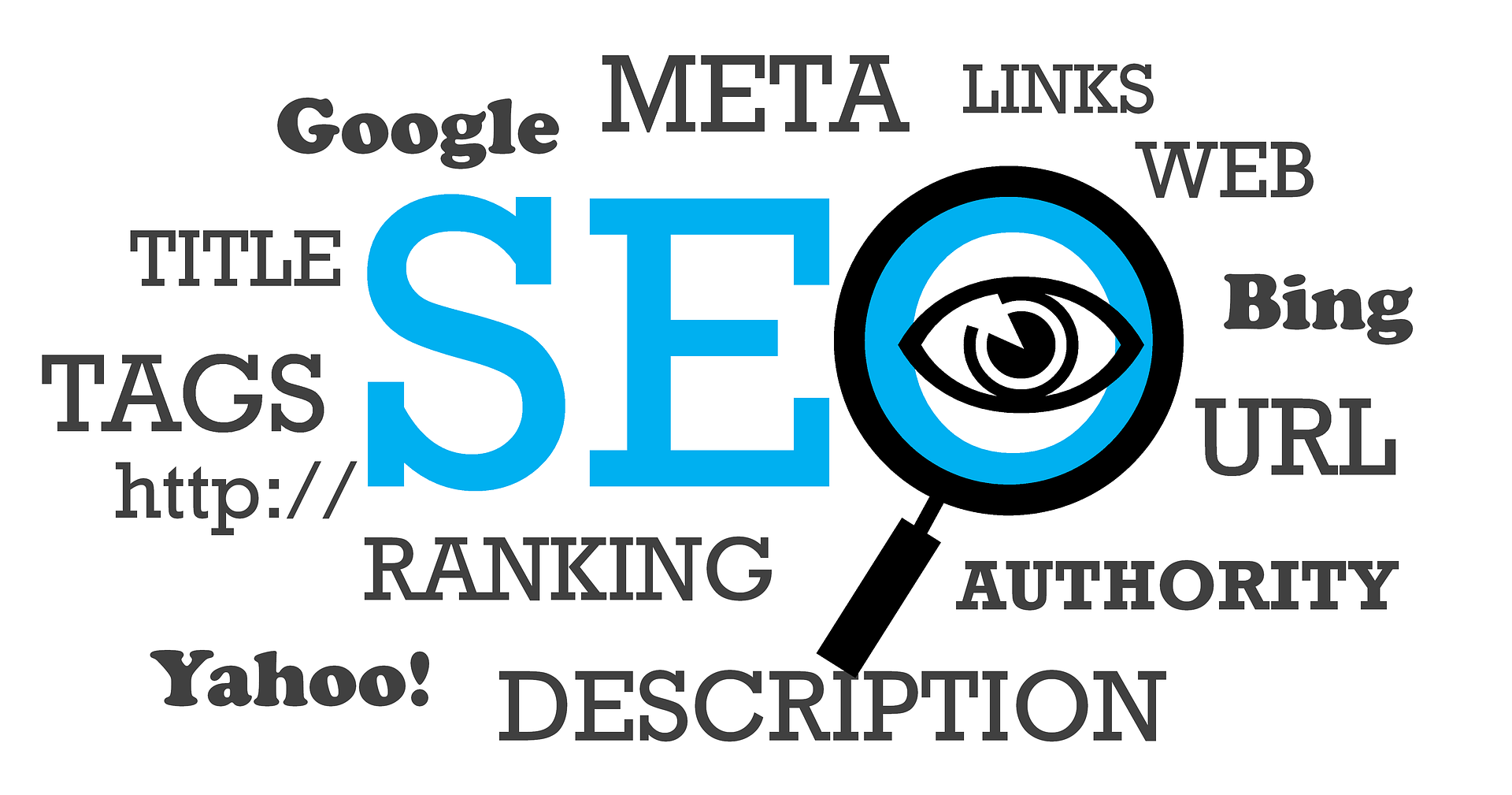Last month the Google “Keyword Planner” replaced the “Keyword Tool”. Starting September 1, the Keyword Planner Tool was moved out of its beta phase and shortly after, the Keyword Tool was removed.
The main difference between the two is that the Keyword Planner requires access to a Google AdWords account. But, there’s more. The new Planner only displays search volume by exact match. It also does not account for device targeting and does not allow the user to distinguish between global and local monthly searches. It also does not allow for filtering by related search terms.
There are however a few positives including additional geographic segmentation, the ability to bundle geographic regions and the ability to upload a maximum of 10,000 keywords from a user’s own list in order to get performance data.
Apart from no longer being able to use the keyword tool anonymously, the fact that the new Keyword Planner does not allow users to distinguish between match types and device types is still an ongoing source of contention, especially given the difference between the two in search volume. Now search volume is calculated as an average of the individual variables.
Here are a few things you can do to account for the loss of the anonymous Keyword Tool:
- The obvious – register for an AdWords account and use the Keyword Planner
- Use alternate free keyword research tools like KeywordEye, KeywordSpy, Wordtracker, SEMRush or the Bing Keyword Tool
- Make use of Analytics and Ranking software like Advanced Web Ranking
Need to more help?
If you’d like to find out more about what Xanthos is doing and about how you can adapt your SEO campaign strategies to suit the new tool, get in touch. We’re always happy to help.






